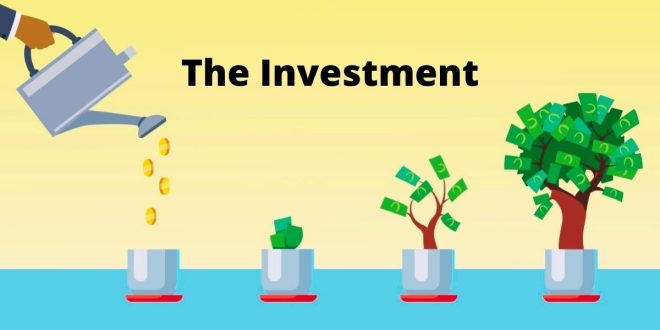On the path to financial stability and pursuing life objectives, two commonly employed strategies often come into play: Systematic Investment Plan (SIP) and Equated Monthly Installment (EMI). Each of these methods provides distinct advantages and is tailored to specific financial goals. In this article, we will delve into the merits and factors to consider when choosing between SIP and EMI, assisting you in deciding which approach is most suitable for your aspirations and financial objectives.
What is an EMI?
EMI, an abbreviation for Equated Monthly Installment, represents a consistent sum that a borrower remits to the lender monthly for loan repayment. This EMI encompasses both the repayment of the principal loan amount and the interest charges, and the distribution of these components varies throughout the loan’s duration. In the initial stages, a significant portion of the EMI services the interest, while the principal component gradually gains prominence over the course of the loan in the share market app.
What is SIP?
SIP, which stands for Systematic Investment Plan, represents an investment strategy wherein an investor commits a fixed sum at consistent intervals, which could be on a monthly, weekly, or daily basis, for purchasing units of a mutual fund scheme. SIP enables investors to regularly save modest amounts of money while capitalizing on the long-term benefits of rupee-cost averaging. Rupee-cost averaging involves investing at various market levels, mitigating the impact of market fluctuations and reducing the average cost of investment. You can use the SIP calculator to determine the best investment scheme.
Difference Between EMI And SIP
| Aspect | EMI (Equated Monthly Installment) | SIP (Systematic Investment Plan) |
| Purpose | Loan Repayment | Investment in Mutual Funds |
| Payment Frequency | Monthly | Typically Monthly, but can vary |
| Nature | Outflow | Inflow |
| Components | Principal + Interest | Investment Amount |
| Calculation Basis | Loan Amount, Interest Rate, Tenure | Investment Amount, Returns |
| Fixed or Variable Amounts | Fixed | Variable |
| Objective | Debt Reduction | Wealth Creation |
| Risk Factor | No Market Risk | Subject to Market Risk |
| Flexibility | Limited, as EMI is predetermined | Flexible, can adjust investment |
| Impact of Interest Rate Changes | EMI remains constant | SIP returns may vary |
| Early Withdrawal or Prepayment | It is possible but may incur penalties | It is possible, and typically no penalties are there |
Which One Is Good?
In the context of EMI payments, if you’re directing your payments toward acquiring an appreciating asset, it is regarded as a favourable situation, as your asset’s value is likely to increase despite the interest paid on EMIs. Therefore, any EMI disbursed for home loan repayment is considered advantageous. Conversely, EMIs intended for settling car loans, credit card balances, or personal loans are often deemed less favourable because they entail substantial interest expenses on the principal amount, and concurrently, the value of the acquired goods tends to depreciate.
On the other hand, when you opt for mutual fund investments through SIPs, you progressively build an asset that can aid you in accomplishing your financial objectives in life, thanks to the potential for compounding growth.
Conclusion
Should an individual demonstrate the capacity and willingness to allocate a substantial amount for long-term investment, they can generate a significantly larger corpus compared to EMI payments. Additionally, this approach allows for more efficient attainment of financial objectives.
Furthermore, if you commence SIP investments at an early stage in life, you can bypass the need to enter into the complexities of acquiring a loan for purchasing a home. Instead of acquiring a house during the initial years of your career, you can accumulate substantial savings to meet your future financial aspirations.
 HammBurg Be informed with latest news, reviews, entertainment, lifestyle tips, and much more.
HammBurg Be informed with latest news, reviews, entertainment, lifestyle tips, and much more.




